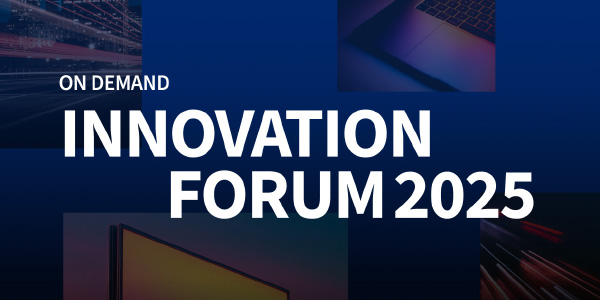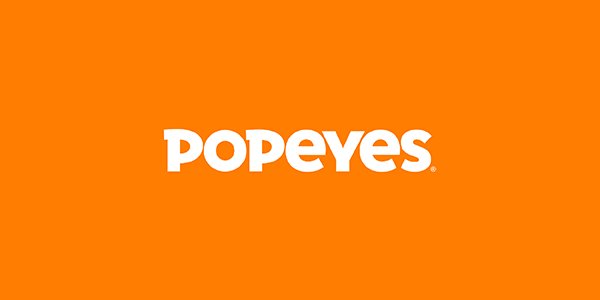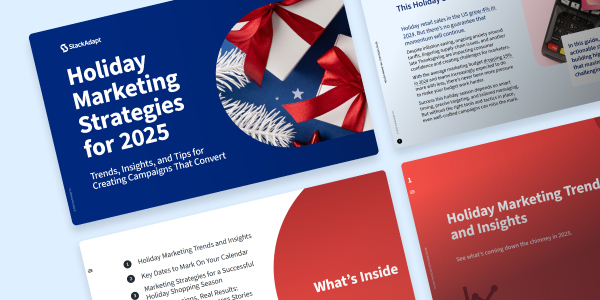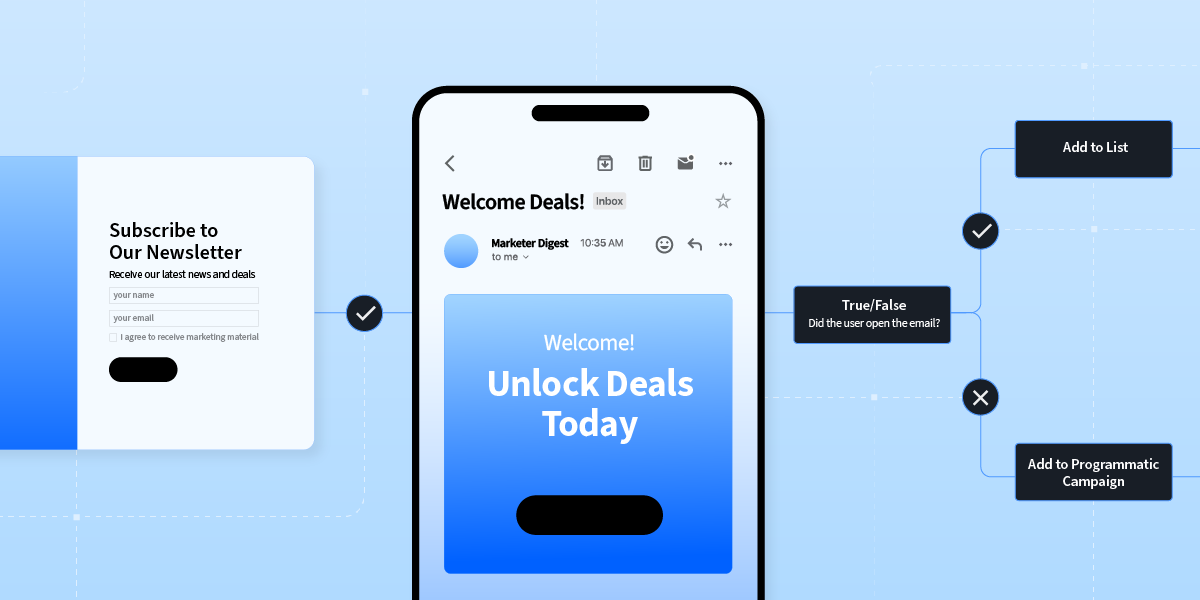B2B Marketing Automation: Driving Real Revenue With Scalable Strategies
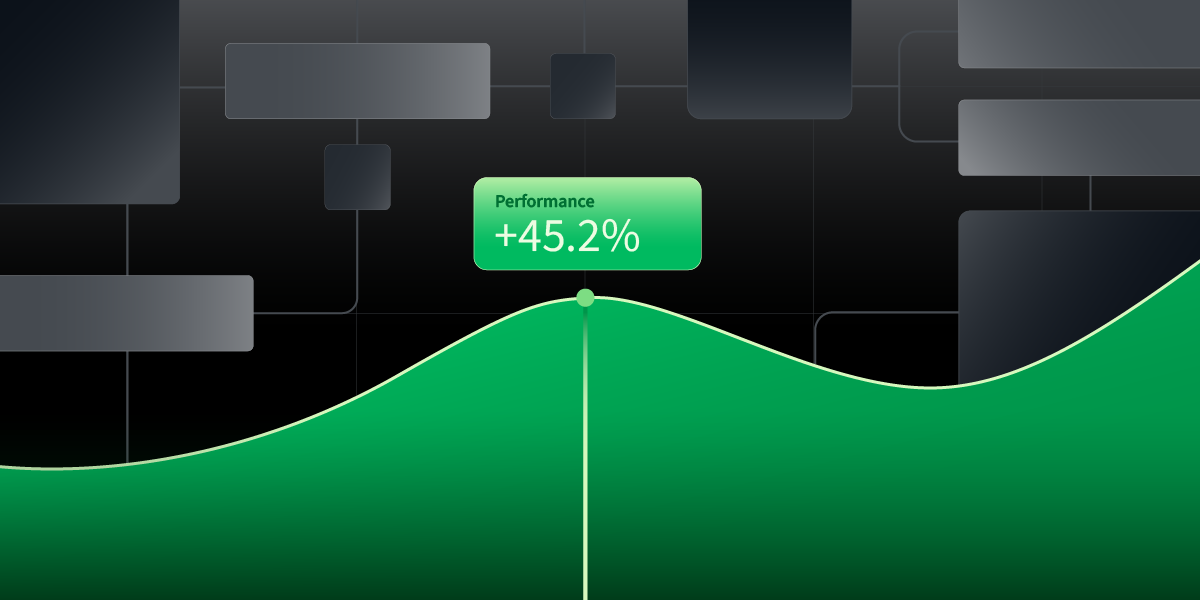
B2B buyers demand smarter, smoother digital experiences, making B2B marketing automation a strategic centrepiece.
Companies generate an average return of $5.44 for every $1 invested and see ROI in under six months. Almost all (98%) B2B marketers now see automation as critical, and 91% of decision-makers report rising demand from teams to scale these efforts.
Leadership teams appreciate what automation delivers: rapid lead generation, fewer manual bottlenecks, and measurable revenue gains, all while keeping a personalized touch at scale.
This article explores how to choose the right platform, build lead-first workflows, measure impact meaningfully, and solve the notorious attribution gap.
TL;DR: B2B Marketing Automation
- B2B marketing automation is now a growth engine, not just an efficiency tool, leading to more qualified leads, faster pipeline velocity, and measurable ROI.
- When choosing the right platform, leaders should focus on integration, lead scoring, personalization, analytics, and long-term scalability.
- Lead generation and nurturing require strategy—automation must connect landing pages, forms, and content to multi-stage workflows guided by behaviour and fit.
- Email remains core to B2B automation, but success depends on smart segmentation, timely sequences, and continuous testing tied to business outcomes.
- Traditional metrics fall short—sophisticated dashboards and attribution models are key to tying marketing activity to revenue and justifying budget.
What Is B2B Marketing Automation?
B2B marketing automation refers to software—often integrated with CRM or CDP platforms—that marketers use to streamline repetitive tasks, such as sending emails, building landing pages, scoring leads, and reporting on campaigns.
It orchestrates multi-channel workflows and tracks prospects across touchpoints, turning anonymous visitors into scored leads ready for sales.
In short, B2B marketing automation acts like a well-oiled machine in your marketing mix. It processes signals, personalizes engagement, hands off qualified leads, and saves time.
For senior leaders, it translates into better resource allocation, cleaner pipelines, and more predictable revenue growth, all while keeping personalization intact at scale.
Choosing the Right B2B Marketing Automation Platform
Platform selection becomes a make-or-break decision in scaling B2B marketing efforts. A misaligned platform slows team adoption, creates data silos, and delivers poor ROI.
On the other hand, the right choice solves critical pain points for senior leadership, unifying systems, increasing efficiency, and providing revenue clarity.
| Platform | Ideal For | Strengths | Leadership Consideration |
| Salesforce’s Marketing Cloud | Enterprise orgs requiring deep custom code integrations | Customization at scale, robust CRM ecosystem, powerful APIs | High complexity and cost; requires in-house dev or partners |
| Adobe Marketo Engage | Large orgs with omnichannel programs across products | Advanced nurture, flexible segmentation, deep integration stack | Steeper learning curve; CRM not included |
| HubSpot Marketing Hub | SMB to enterprise teams needing ease and integration | Intuitive UI, unified CRM, rich app ecosystem, quick time to value | May lack depth for highly complex, multi-brand use cases |
| Act-On / Iterable | Mid-market orgs seeking agile, channel-agnostic tools | Lightweight, focused lead scoring and workflows | Less suited for global scale or complex team hierarchies |
| StackAdapt | B2B marketers seeking unified martech + adtech stack | Integrated CDP, email, programmatic, CTV in one platform | Best for teams that want performance marketing + automation in sync |
When selecting a B2B marketing automation platform, senior leadership should evaluate not just foundational features, but also whether the platform is future-ready. The criteria below address both current pain points and the advanced capabilities required to compete in a fast-evolving marketing landscape:
1. Integrations & Data Flow
Disconnected systems slow down campaigns and lead to misalignment between marketing and sales. Top-performing platforms offer two-way integrations with CRMs, CDPs, analytics tools, and ad platforms, giving leaders real-time visibility into lead flow, campaign performance, and revenue impact.
This integration backbone also enables behavioural cohort targeting, allowing you to group and act on leads based on real-time engagement trends, not just static lists.
2. Lead Scoring & Nurturing
Predictable pipeline growth starts with intelligent qualification. The best platforms go beyond static scoring and offer predictive lead scoring powered by AI, ranking leads based on likelihood to convert using firmographics, intent signals, and engagement history.
Nurturing has evolved, too: modern platforms must be able to adapt workflows mid-journey based on behaviour, not just triggers. If a lead skips a product demo but downloads a case study, the next email can deliver ROI proof instead of another demo invite. Journeys now evolve in real time.
3. Personalization & Multichannel Reach
Today’s personalization spans far more than using a first name. Look for platforms that support adaptive content blocks, where the same email or landing page dynamically changes based on attributes like company size, region, or even weather conditions.
Leading tools also support journey orchestration across channels, including email, display ads, SMS, and CTV, so the experience is consistent and coordinated wherever the buyer is.
4. Analytics, Attribution & ROI
CMOs need clarity, not vanity metrics. Advanced platforms combine multi-touch attribution with AI-driven forecasting, allowing leaders to see what’s working, predict what’s next, and shift resources dynamically.
Real-time dashboards surface both campaign impact and pipeline influence, supporting executive-level decisions and ongoing budget justification.
5. Testing & Optimization at Scale
Modern tools now support A/B and multivariate testing far beyond subject lines. Teams can test full workflows, such as CTA timing, channel mix, or creative combinations, at scale.
Sophisticated testing frameworks reduce guesswork and drive continuous performance improvement across the buyer journey.
6. Ease of Use, Adoption & Governance
Innovation only works when people use it. Intuitive platforms reduce onboarding time and boost adoption across teams. For enterprises, role-based access, compliance features, and audit trails are non-negotiable, ensuring marketing remains fast-moving but tightly controlled.
Each of these capabilities addresses real business risks: fragmented data, declining engagement, missed revenue signals, and wasted spend. The right platform empowers teams to adapt, optimize, and scale with confidence.
For a CMO seeking to establish a high-impact growth engine, this means selecting a solution that delivers data integrity, dynamic personalization, predictive intelligence, and multi-channel agility, while being accessible, secure, and scalable in the long term.
Building a Scalable B2B Automation Strategy
Launching marketing automation without a clear strategy is like using a GPS without setting a destination. Here’s how to build a roadmap that delivers impact now and scales later.
1. Start with Objectives & Buyer Journey Mapping
Begin by defining top-level goals: are you aiming to boost pipeline, improve qualification rates, drive upsell, or accelerate deal velocity? When objectives are clear, tailored workflows flow naturally.
Map the buyer journey end-to-end, from first contact to expansion, inclusive of sales, operations, and support touchpoints. This prevents gaps and ensures every stakeholder understands their role in the process .
2. Assign Tools & Tactics by Stage
Not every tool suits every stage.
- Awareness: Use content syndication, ads, and webinars. Capture intents and feed them into your marketing automation platform.
- Consideration: Deploy personalized nurturing sequences, case-study delivery, and chatbots.
- Decision: Integrate demo-booking workflows and ROI calculators.
- Expansion: Roll out post-sale onboarding, renewal reminders, and upsell campaigns.
Each tactic must map to your objectives and buyer journey for clarity and alignment.
3. Prioritize Cross-Functional Alignment
Teams must collaborate closely. Sales, operations, IT, and data teams require shared dashboards, unified data access, and joint governance. Clearly define ownership using RACI or RAPID frameworks to ensure explicit roles, from campaign builder to data steward, fostering both speed and accountability.
4. Build a Phased Roadmap: Quick Wins + Maturity
Layer the rollout by phases:
Phase 1: Quick Wins (Months 1–3)
- Set up basic capture and nurture flows with minimal friction (e.g., webinar follow-ups, email autoresponders).
- Launch leaderboard dashboards to track conversions and MQLs—generate early alignment and excitement.
Phase 2: Operational Foundation (Months 4–9)
- Introduce lead scoring, targeted segmentation, and performance dashboards.
- Integrate MAP with CRM and other tools to unify data and tighten qualification criteria.
Phase 3: Strategic Scale (Months 10–18+)
- Layer on multi-channel personalization and content adaptive workflows.
- Plug in revenue attribution tools for real-time reporting and forecasting.
- Build governance, audit processes, and compliance to support long-term reliability.
This strategic framework balances speed and scale, getting value visible early while laying foundations for greater sophistication.
Senior leaders gain measurable outcomes quickly, with a clear roadmap for expanding automation’s scope, impact, and maturity across the organization.
Marketing Automation That Moves the Needle
B2B marketing automation improves efficiency and accelerates revenue growth. When tools are thoughtfully chosen, impact-focused metrics are tracked, and attribution is clear, automation turns into a strategic asset.
For instance, StackAdapt’s AI-powered marketing platform unifies martech and adtech. It supports this future-focused vision with:
- Seamless integration of 1st-party data and CRM systems, removing data silos and keeping marketing intelligence centralized.
- AI-powered orchestration—in-app messaging, chatbot integration, email marketing and programmatic advertising—in a single interface, with dynamic content tailored to user behaviour.
- Real-time analytics and forecasting across channels, surfacing attribution insights and optimizing spend mid-flight.
StackAdapt’s platform delivers purpose-built capabilities for B2B advertisers—from integrated email and programmatic campaigns to real-time forecasting and data control.
Explore the platform’s features like CRM integrations, unified channel workflows, dynamic creative, and live reporting dashboards.
Request a demo to see how StackAdapt brings scalable marketing automation to life, tying engagement back to structured revenue results.
